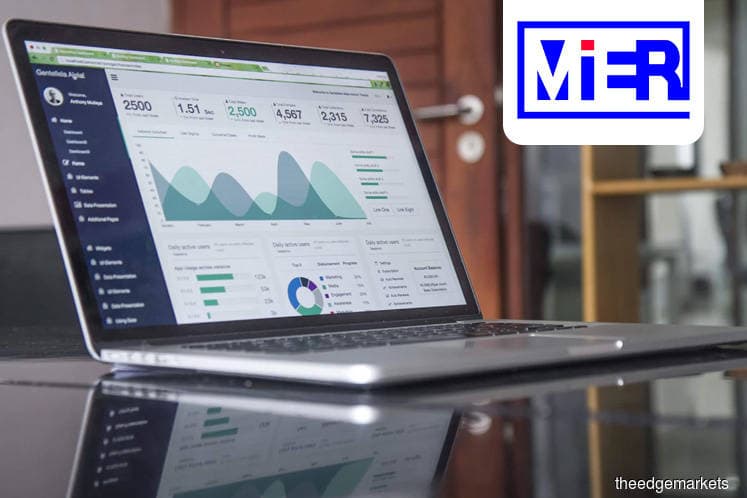
This article first appeared in The Edge Financial Daily on October 17, 2018
KUALA LUMPUR: The Malaysian Institute of Economic Research (MIER) expects Malaysia’s economy to grow at a slower pace of 4.7% this year instead of its earlier forecast of 5.5%, after observing that the country’s performance in the first half of the year was not as encouraging as it was last year.
The MIER also expects the slower pace of gross domestic product (GDP) growth to persist into next year, expecting it to be in the range of 4.5% and 5.5%. Malaysia recorded GDP growth of 5.9% in 2017 and 4.2% in 2016.
In August, Bank Negara Malaysia trimmed its 2018 growth projection to 5% from between 5.5% and 6%, on expectations that the local economy would take cues from the trade war between the US and China. Early this month, the World Bank too cut its 2018 growth forecast for Malaysia to 4.9% from 5.4%.
At a press conference on the economy’s third-quarter outlook yesterday, MIER executive director professor Dr Zakariah Abdul Rashid said the sharp pullback of private investment was one of the major reasons why the research house lowered its 2018 GDP growth forecast.
Private investment, he said, showed only a marginal growth of 0.5% and 6.1% in the first quarter of 2018 (1Q18) and 2Q18 respectively, compared with the whole-year growth of 9.3% recorded in 2017. GDP growth came in at 5.4% for 1Q18, and 4.5% for 2Q18, compared with 5.6% and 5.8% in the same quarters last year.
At the external front, Zakariah said moderation in global demand has weighed on the exports of goods and services, dragging export growth significantly down to 3.7% in 1Q18, and 2% in 2Q18, compared with 9.4% growth in 2017.
Due to softer external demand, Zakariah said MIER expects export demand to grow at a slower pace of 1.4% in 2018, compared with 9.4% in 2017, due to lower global demand for Malaysia’s manufactured goods, commodities — such as palm oil and palm oil-based products — and petroleum products due to weaker energy demand.
Zakariah suggested that exporters look at increasing the value-added component of their exports to mitigate the slower global demand.
Growth of domestic demand, driven by robust private consumption, will continue to drive the country’s economic growth, said Zakariah. But domestic demand will grow at a slower pace of 5.5% compared with last year’s 6.5%.
Risks to its forecast include slower growth of private consumption, slower growth of private investment, stronger-than-expected effect on moderation in government spending, slower-than-expected growth of emerging markets and developing economies and advanced economies, trade war and the return of protectionism, slower growth of the agriculture sector, reduction in crude oil price, prolonged geopolitical conflicts, and unexpectedly aggressive monetary policy from the US.
The MIER expects crude oil prices to fall below US$80 (RM332) per barrel in 4Q18, and to further decline to US$60-US$70 per barrel in 2019, on the back of a lowering demand from oil importing countries, including China and India, and increasing output from Opec.
In the first week of October, Brent crude oil price hit a four-year high of US$85 per barrel.
On inflation, Zakariah said the MIER expects it to moderate to 1.4% this year from its earlier forecast of 2%. For the first eight months of this year, headline inflation averaged to 1.3%, mainly due to cheaper food and transportation prices, which he deemed to be well below expectations.
On the upcoming Budget 2019, the MIER said it should address the issue of productivity improvement, and focus on driving investment growth from the private sector to bolster Malaysia’s productivity.